
















NEXT
BACK
NEXT
BACK


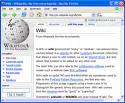

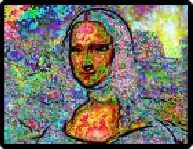



Site Search

MEANING of INFORMATION
Putting aside the ancient philosophical hair-
1. Information about something (flight schedules)
Descriptive : useable data; knowledge; reference
2. Information as something (DNA, fingerprints)
Substantive : physical forms; words; objects; carrier
3. Information for something (algorithms or instructions)
Prescriptive : production rules; codes; recipes: procedures
4. Information in something (pattern or constraint)
Creative : meaning; laws; intention; Forms; content
Gregory Chaitin, in a paper On the Intelligibility of the Universe[15], made the following observations. “Information as a concept bears a diversity of meanings, from everyday usage to technical settings. Generally speaking, the concept of information is closely related to notions of constraint, communication, control, data, form, instruction, knowledge, meaning, mental stimulus, pattern, perception, and representation”. [the practical meaning of information depends on the context] “If you accept that information can be defined merely as a pattern, does it not follow that neither utility nor meaning are necessary components of information? Surely a distinction must be made between raw unprocessed data and information which possesses utility, value or some quantum of meaning. Information may indeed be characterized as a pattern; it is a necessary condition, but not sufficient”. [raw information has no physical container, hence no practical utility] “Regardless, information is dependent upon, but usually unrelated to and separate from, the medium or media used to express it. In other words, the position of a theoretical series of bits, or even the output once interpreted by a computer or similar device, is unimportant, except when someone or something is present to interpret the information. Therefore, a quantity of information is totally distinct from its medium”. [Like a gallon of water, a quantity of information will fit many differently-
According to the Oxford English Dictionary, the earliest historical meaning of the word information in English was the act of informing, or giving form or shape to the mind, as in education, instruction, or training. [Mind-
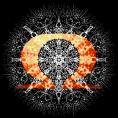

In Gregory Chaitin’s Algorithmic Information Theory the
“Omega number” constant is a mathematical representation of unknowability.
The never-

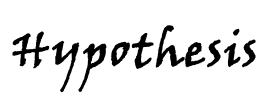




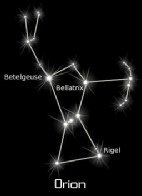
PATTERNS : The information is in the links, not the nodes; in the relationships, not the dots. A dot is just a dot. But connect the dots, and you suddenly see meaningful relationships.


MATH MEANING
The way the external world could itself be information (meaning) is to regard it as a set of relationships among numbers. . . . that nature itself may originate from mathematics. . . . This may be because the underlying nature of reality is the mathematics itself, rather than the intuitive misconceptions we have about the nature of space and time. . . . Such numbers would not be created, but would exist of necessity . . .
—-
MEANING
The technical use of the term "information" is quantitative rather than qualitative. . . . Information here though, refers to the more common usage of the term, namely the qualitative usage, which is "meaning".
—-